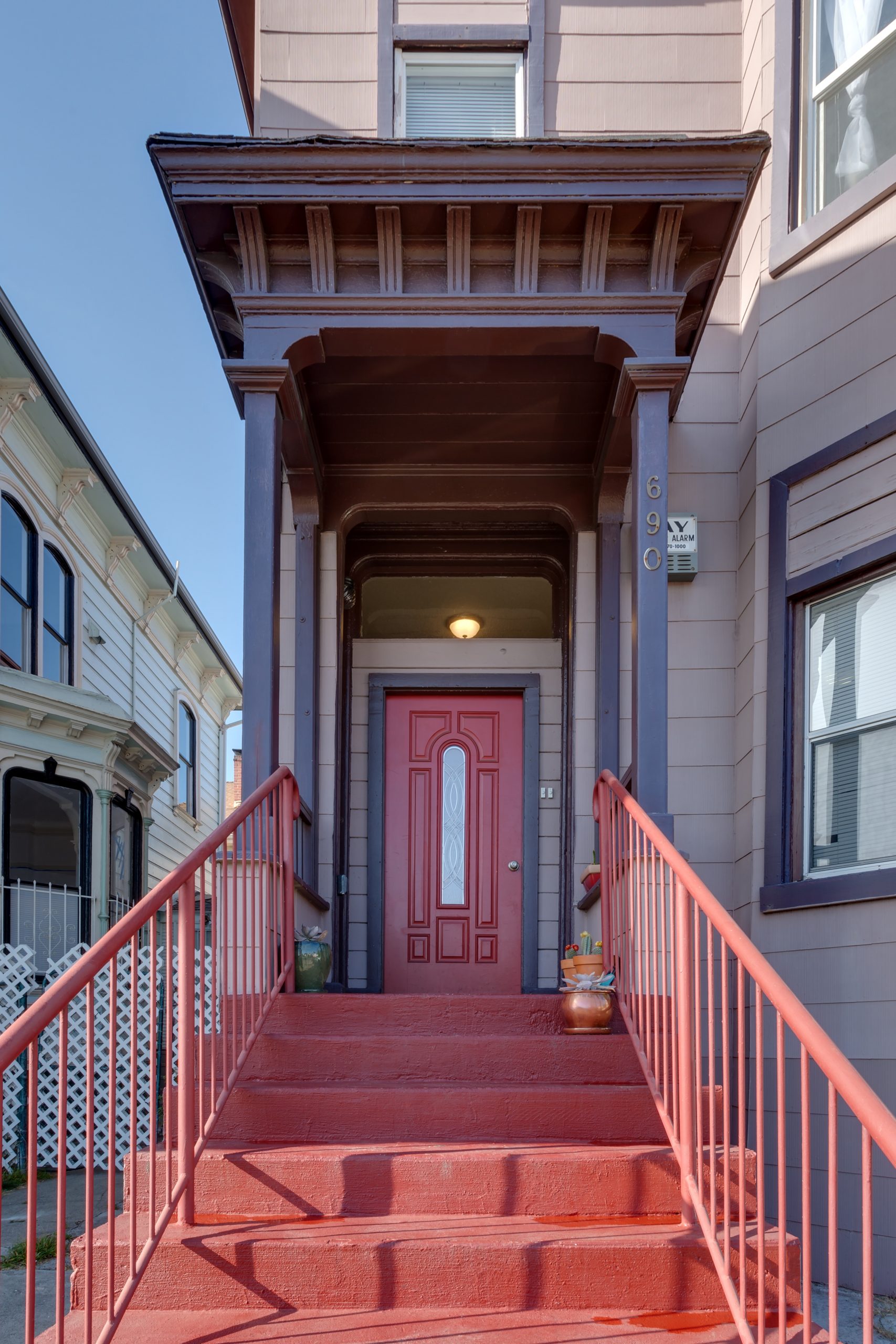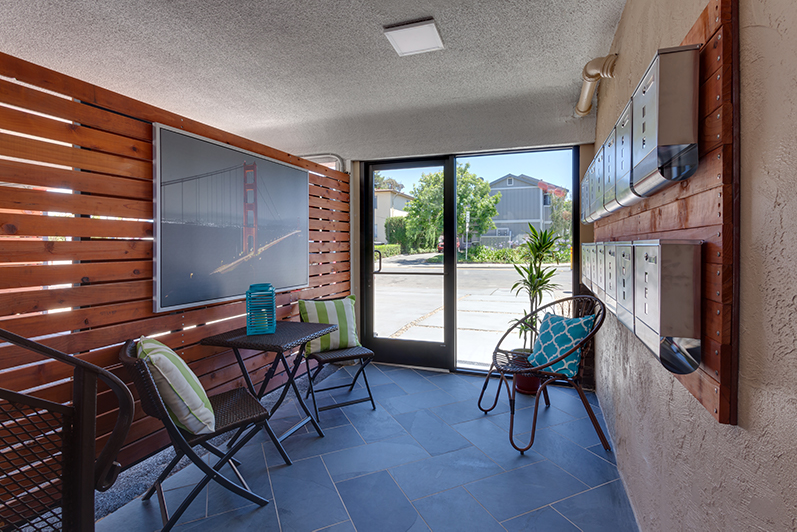The next California Gold Rush?
Let’s talk about Accessory Dwelling Units (ADUs). Are they right for you?
You know them as carriage houses, granny flats, mother-in-law suites, or duplexes. The official real estate term for these types of living arrangements is actually Accessory Dwelling Units (ADUs) or Junior Accessory Dwelling Unit (JADUs). The idea is to carve out a piece of a property that creates a secondary dwelling. Typically, it will have its own living area, kitchen, bathroom, and entrance that utilizes the water, electric and heat from the primary unit.
Although this concept has been around for ages, ADUs have recently become more popular as one way to combat the affordable housing crisis in California. And now, the ADU trend promises to become a full-fledged tidal wave thanks to several bills Governor Gavin Newsome recently signed into law. Taking effect on January 1, 2020, this package of legislation is designed to help alleviate the housing shortage and capitalize on the benefits of ADUs, incentivizing their construction and revising older zoning laws. The new legislation permits homeowners, for example, to build small independent structures (usually less 1,000 square feet) on their properties with less red tape. (more…)
Filed under Investing in Multi-Family, Market Conditions, Stories about Commercial Real Estate, Uncategorized · Tagged with accessory dwelling units, cash flow properties, east bay real estate development, housing market data, granny flats, oakland investing, multi-family housing





